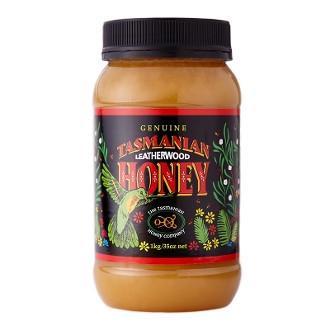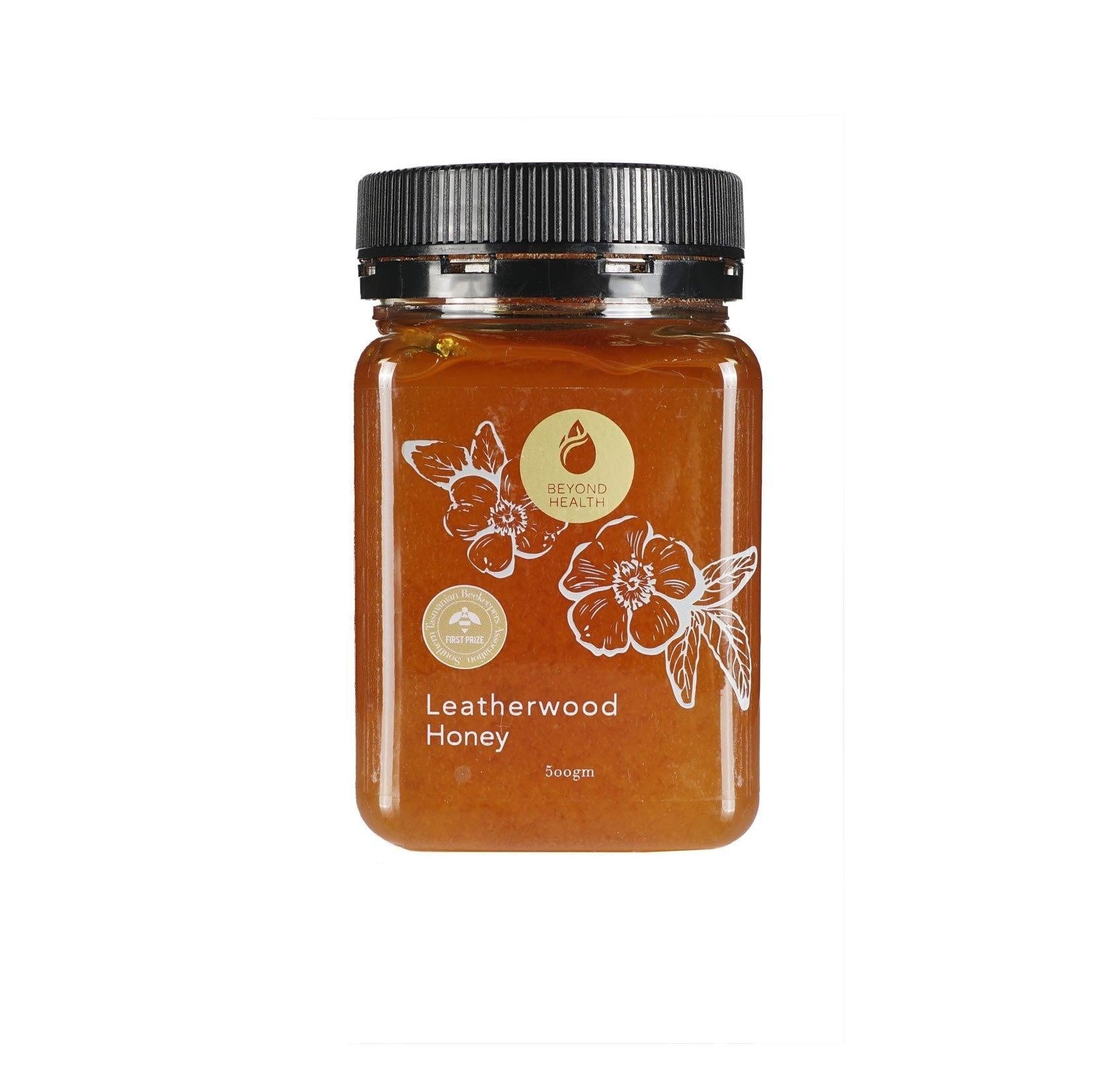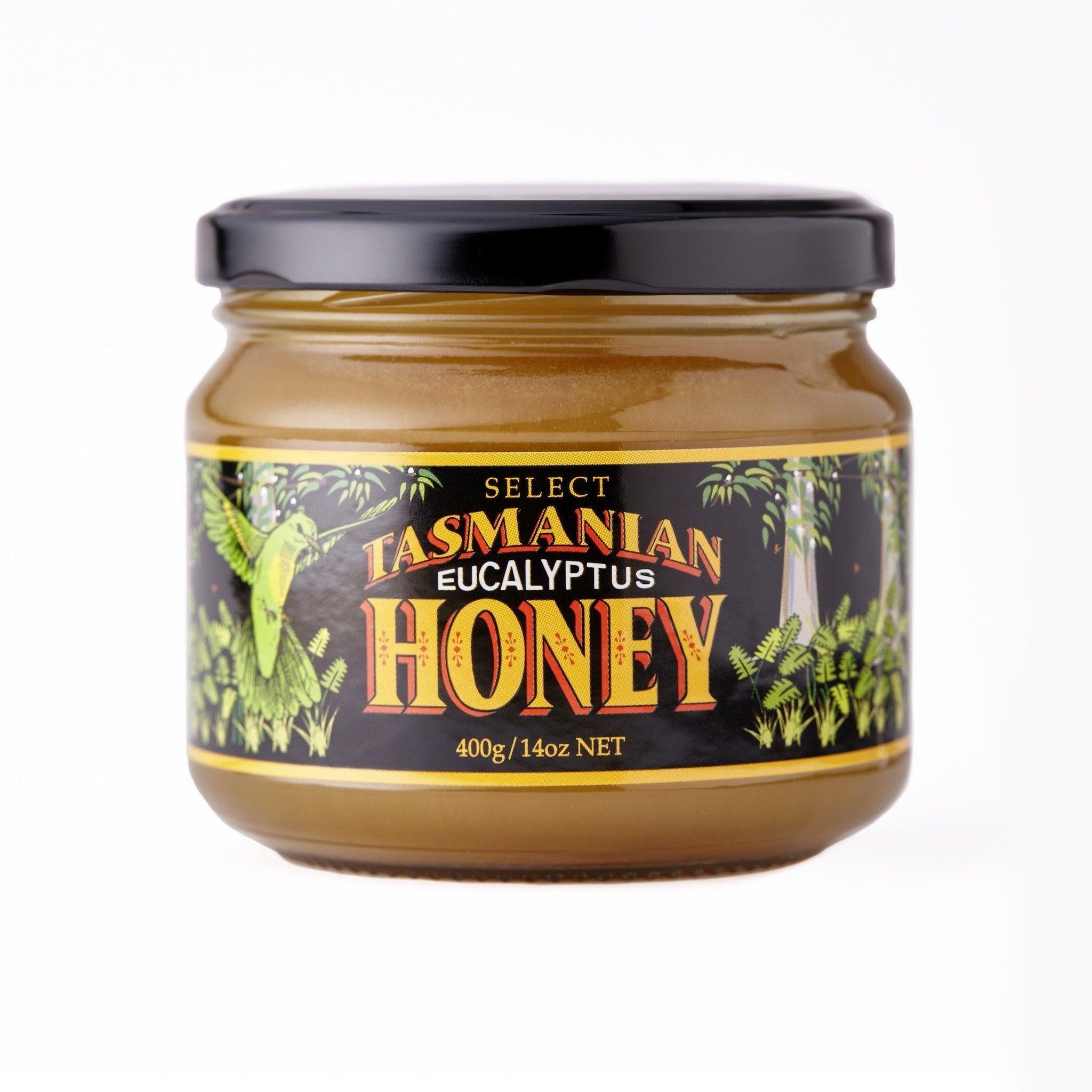Your shopping bag is empty
UMF vs MGO – What You Need to About Manuka Honey
- Posted by: Young Earth Sanctuary Resources Pte Ltd Admin
- Comments: 0
- Categories: YES Blog
- Tags:
UMF vs MGO?
As most of us know, there are 2 prominent ratings (UMF and MGO) for Manuka Honey. Manuka Honey is primarily produced in New Zealand and Australia. However, many consumers do not know what they stand for and how they compare to each other.
In this blog, we intend to address this question by helping you understand in-depth the two ratings.
What is UMF Rating?
UMF – which stands for Unique Manuka Factor – is one of the industry-accepted indicator of genuine Manuka Honey in New Zealand. (A small industry group in New Zealand established the UMF trademark in 1998).
To be specific, the UMF rating takes into account of at least 3 elements in the mauka honey, namely:
- Methyglyoxal (commonly known as MGO)
- Dihydroxyacetone (DHA)
- Leptsperin (a Manuka-specific chemical)
The last element, Leptsperin, is stable over time and only exists in Manuka nectar. Therefore, its presence during testing is a real assurance that the test sample is genuine.
What is MGO Rating?
MGO – which stands for Methylglyoxal -- is a unique and naturally-occurring chemical compound found in Manuka Honey. Additionally, MGO found in Manuka Honey gives it the special anti-bacterial properties.
A study in 2008 by researchers at Waikato University found that the Non-Peroxide Antimicrobial activity (NPA) in Manuka honey was directly correlated with its MGO levels. Also, the NPA is a measurement of its antibacterial properties. Therefore, the higher the MGO, the higher the NPA or antibacterial properties of Manuka honey.
What are the differences between UMF vs MGO?
Both ratings or indicators measure the “strength” of anti-microbial level. While UMF is quite sophisticated (measuring a few compounds and elements), MGO is more straightforward to test.
Currently, there is no expert opinion as to which indicator is better.
From a consumer’s point of view, as long as one sees the authentic label of either UMF or MGO indicated, he or she can be sure that it is good Manuka Honey.
Bear in mind, there are many variances of Manuka Honey in the market with no UMF or MGO indicated. This could be due to one of the following reasons:
- The Manuka Honey is genuine, but not tested by the producer,
- It is blended or mixed with other honey or flavours,
- The Manuka Honey is multi-floral in nature (i.e., the nectar is collected from a variety of flowers, other than the Manuka flower)
Hence, consumers need to read the labels carefully before deciding the purchase. In addition, as higher ratings of Manuka Honey are rarer, it is common that higher-rated Manuka Honey costs more.
UMF vs MGO Table (Calculator)
|
UMF |
MGO |
|
5+ |
83+ |
|
10+ |
263+ |
|
15+ |
514+ |
|
20+ |
829+ |
|
25+ |
1200+ |
Is UMF or MGO better?
There is currently no expert opinion as to which indicator is better.
Recommended Dosage of Manuka Honey
The recommended dosage for Active Manuka Honey is as follows:
– 1 to 2 teaspoons a day for general maintenance and wellbeing.
– 3 to 4 teaspoons a day for anyone suffering from a minor ailment or condition.
Try our Beyond Health Manuka Honey here!









LEAVE A REPLY
Your email address will not be published. Required fields are marked *